The top ten retail technologies
We examine some of the most interesting trends in retail technology.

Websites such as Facebook and Twitter have an online community ripe for targeting.
Many retailers have already promoted their brands on social networks, and you can actively encourage an audience to show some loyalty.
There is no definite answer about whether creating an audience like this has a direct impact on sales, but whether or not it does, direct communication with the audience can certainly help.
7. Biometrics
Even though biometric technology has been associated with security for a long time, it hasn't really taken hold in retail, possibly because of the wariness that the public has for anything that could record their personal information.
But the possibilities are there, with some companies keeping track of consumer access through fingerprint scanning.
However, it might have more of an impact internally. For security, the technology could be used for activities such as verifying employees at the POS or making sure that only certain employees could access restricted areas.
Get the ITPro daily newsletter
Sign up today and you will receive a free copy of our Future Focus 2025 report - the leading guidance on AI, cybersecurity and other IT challenges as per 700+ senior executives
8. POS technology
This is where the most important part of retail occurs the transaction where money changes hands. Good point of sale (POS) technology is vital for any retailer.
This can involve software or hardware. EPOS software is vital to enable the efficient recording or a sale or goods, and is provided by many computer vendors.
The hardware is also key. In restaurants, wireless technology is already in wide use with mobile chip and PIN terminals enabling waiters to move around and let customers pay at the table.
9. Virtual shopping
The hype has died down over retail in virtual environments like Second Life, but the potential is still there to make online shopping more interesting, especially with computers getting more powerful by the day.
We recently covered how Lenovo used a 3D gaming engine to combine virtual world principles and retailing to create an interactive shopping experience.
Shoppers were allowed to create their own avatars, walk around a 3D virtual store, browse products and interact with sales staff around the world.
It's exciting and unconventional, but it remains to be seen if it ever takes hold like it does other in areas, such as online gaming.
10. Self-checkout technology
This POS tech is becoming more common as an alternative to the traditional cashier-staff checkout, especially in places that sell groceries such as Tesco.
Customers scan their own barcodes at an un-manned checkout. To prevent theft, the weight seen in the bagging area is compared to what is stored in the system about the products.
This reduces checkout time because stores can now effectively put in place several checkout units in the space where there would usually have one cashier.
It's also great for the retailer. Instead of needing several staff to operate the checkouts, they can instead spend money on other areas where the shop might need help.
Click here to return to the main Focus On... Retail page, or reading on to find out about Tesco's security, New Look's SOA and the basics of CRM.
-
 Should AI PCs be part of your next hardware refresh?
Should AI PCs be part of your next hardware refresh?AI PCs are fast becoming a business staple and a surefire way to future-proof your business
By Bobby Hellard
-
 Westcon-Comstor and Vectra AI launch brace of new channel initiatives
Westcon-Comstor and Vectra AI launch brace of new channel initiativesNews Westcon-Comstor and Vectra AI have announced the launch of two new channel growth initiatives focused on the managed security service provider (MSSP) space and AWS Marketplace.
By Daniel Todd
-
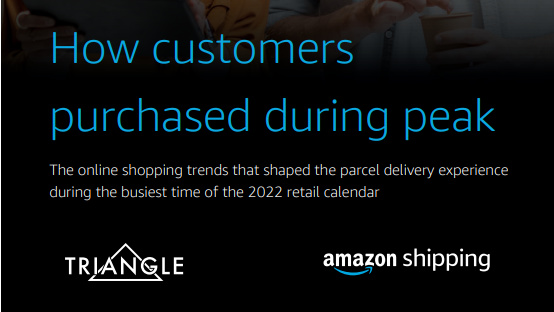 Preparing for peak: How customers purchased during peak
Preparing for peak: How customers purchased during peakwhitepaper The online shopping trends that shaped the parcel delivery experience during the busiest time of the 2022 calendar
By ITPro
-
 How Crew Clothing went mobile to turn around a struggling business
How Crew Clothing went mobile to turn around a struggling businessCase Study Mobile sales tech unleashed a tide of change, buoying further growth across the UK coast-inspired casualwear chain
By Fleur Doidge
-
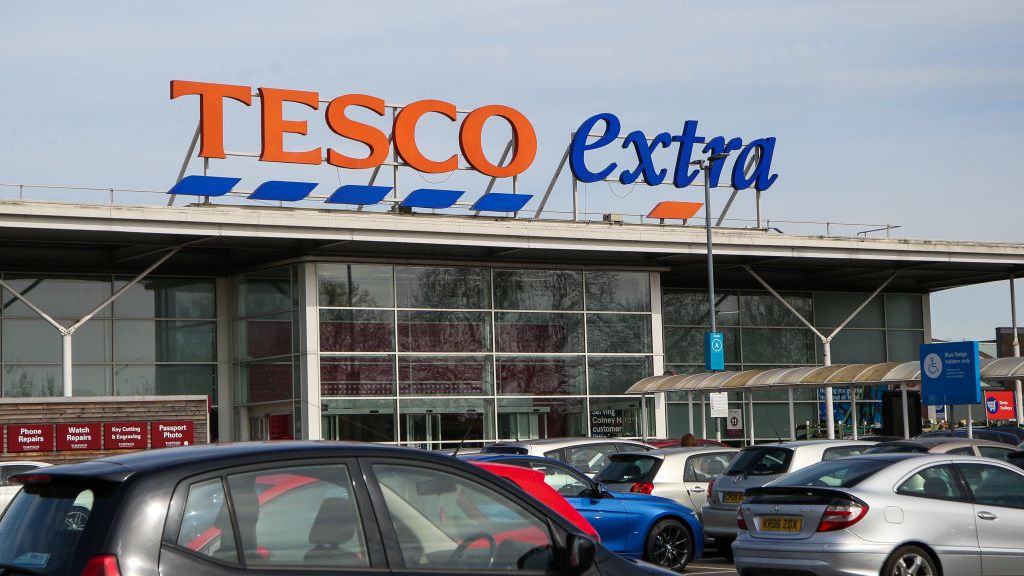 Tesco to pilot in-store flexible working spaces
Tesco to pilot in-store flexible working spacesNews Areas formerly used for electrical goods could be used for meetings and co-working
By Bobby Hellard
-
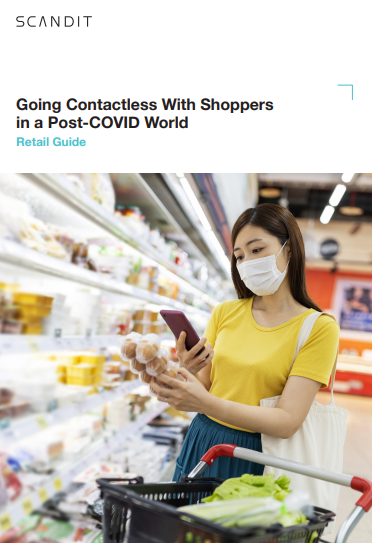 Going contactless with shoppers in a post-COVID world
Going contactless with shoppers in a post-COVID worldWhitepaper Retail guide
By ITPro
-
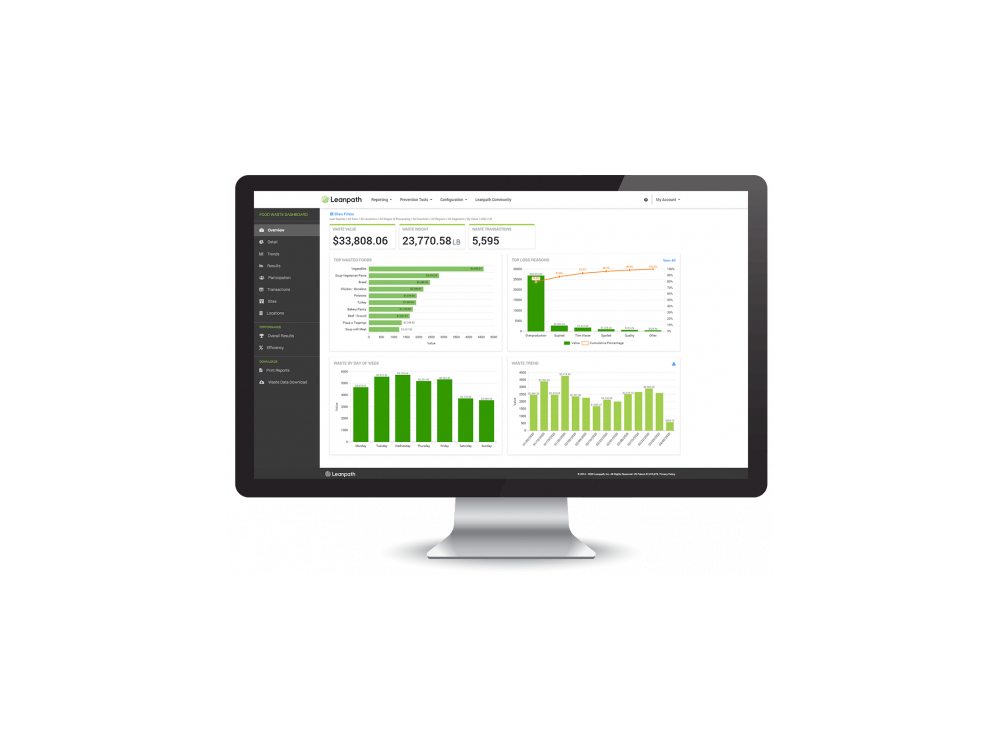 Leanpath’s new tools help reduce food waste and costs
Leanpath’s new tools help reduce food waste and costsNews Impact Suite uses automated action plans to help kitchens address food waste issues
By David Gargaro
-
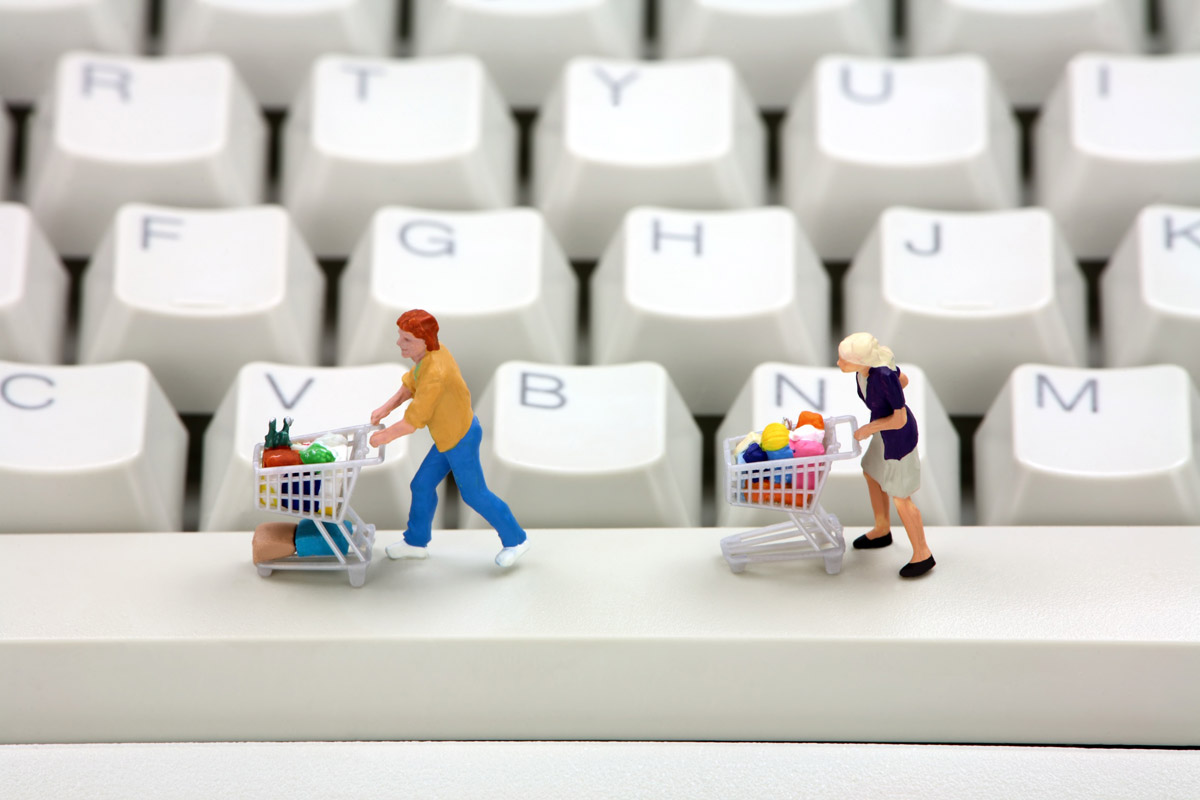 How web retailers cope with the demands of the holiday season
How web retailers cope with the demands of the holiday seasonIn-depth Christmas, New Years, Boxing Day, January sales… How can web retailers meet the demands of seasonal peaks in sales?
By Ingrid Fadelli
-
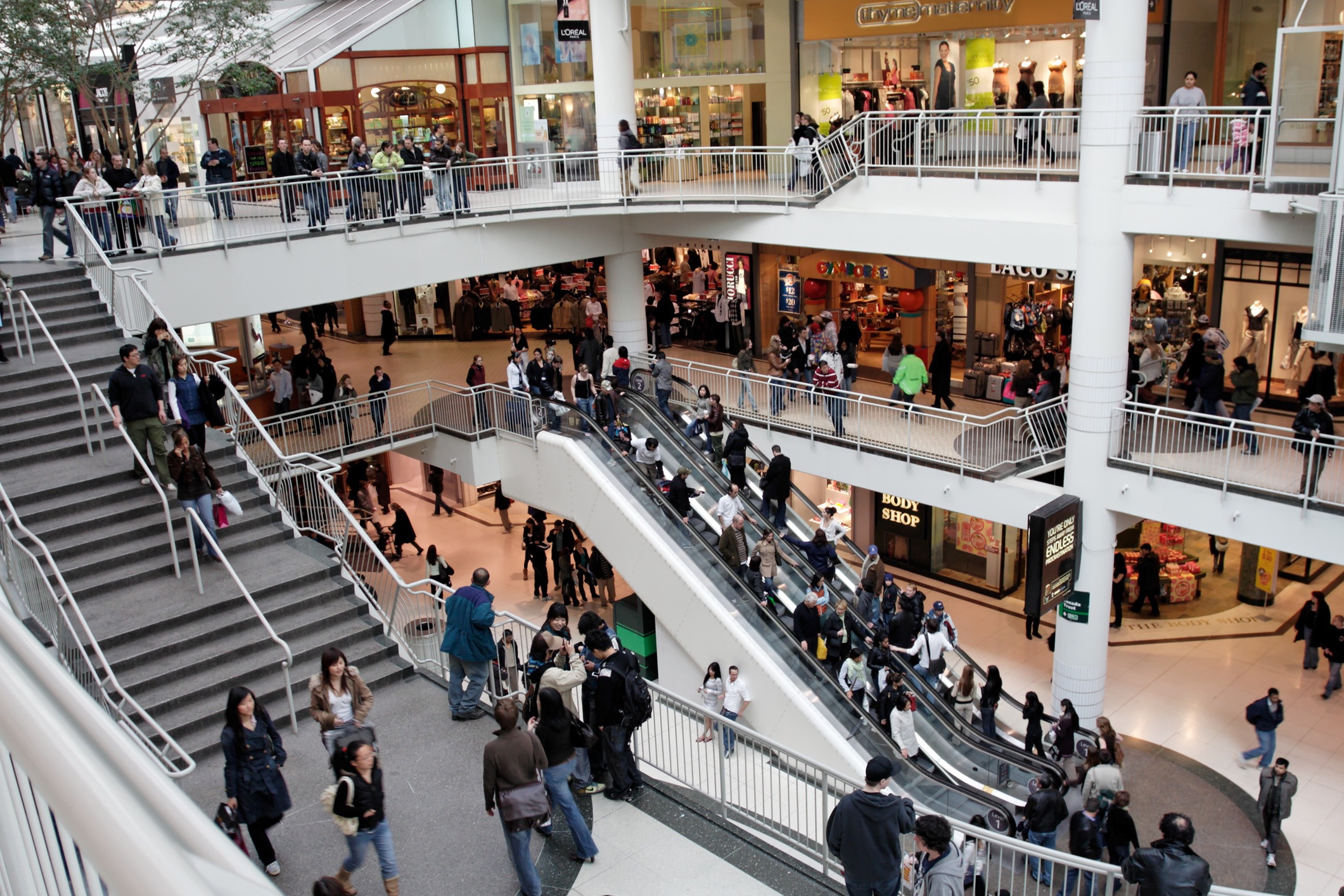 Retailers start Black Friday early to avoid system outages
Retailers start Black Friday early to avoid system outagesNews Many online retailers have learnt from the mistakes of last year by launching sales weeks or even months early
By Clare Hopping
-
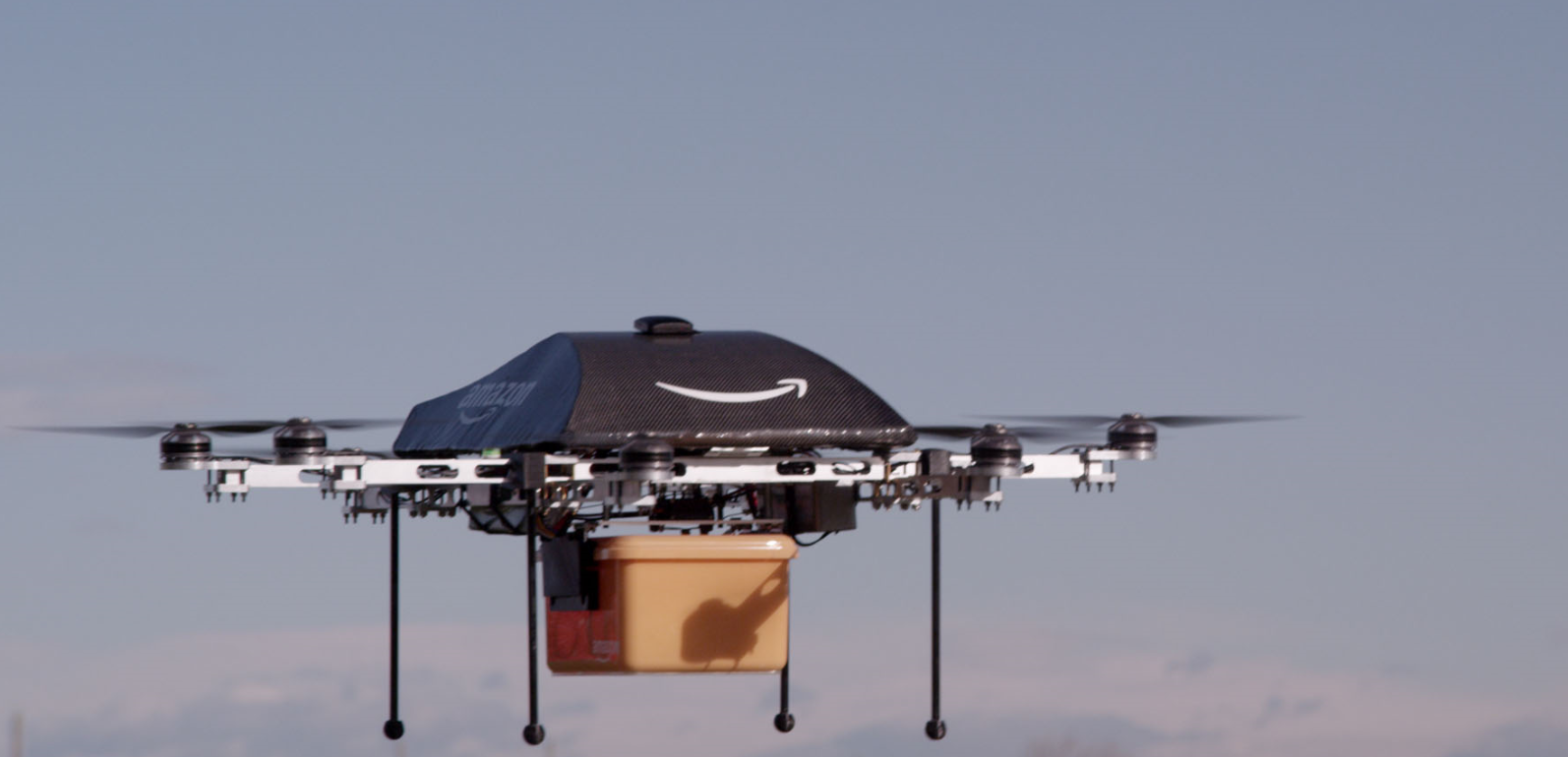 Amazon's drone delivery might track customer location info
Amazon's drone delivery might track customer location infoNews The service will use a person's smartphone data to find them and deliver even if they are not in a static location
By Clare Hopping